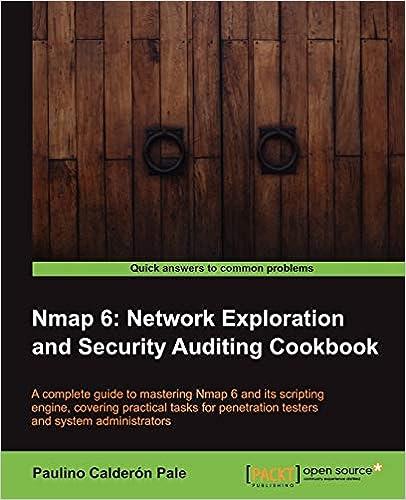Question
How much money should you have saved up when you retire? This is the age-old question. There exist many formulas and rules-of-thumb for answering this
How much money should you have saved up when you retire? This is the age-old question. There exist many formulas and rules-of-thumb for answering this question, but there always remains one uncertainty: How long will you really live for after you retire? Unfortunately, nobody knows the answer to this question. One approach to answering this age-old question is to consider this: how much should you have in your retirement account upon retiring so that you can withdraw a fixed sum forever? This may seem odd, but it is indeed possible. Suppose that you invest $PMT into your retirement account for 30 years at an average monthly APR of 12.5% (very possible with mutual funds, stocks, and the correct portfolio balance). Once you retire, you move your lump sum of money into a low risk account offering you an average yield of 2.5% APR compounded monthly.
How big should PMT be so that you can withdraw $2,000 from your retirement account (upon retiring) without the account ever depleting?
How would your answer change if you could only yield an APR of 6% instead of 12.5%?
How would your answer change if you yielded only 0.5% after retirement?
Now for a more probable situation (back to the original scenario) - suppose that, based on life expectancy, you would like your retirement funding to allow you to withdraw $2,000 per month for 20 years.
How big would your retirement account need to be in order to support this
Step by Step Solution
There are 3 Steps involved in it
Step: 1

Get Instant Access to Expert-Tailored Solutions
See step-by-step solutions with expert insights and AI powered tools for academic success
Step: 2

Step: 3

Ace Your Homework with AI
Get the answers you need in no time with our AI-driven, step-by-step assistance
Get Started


